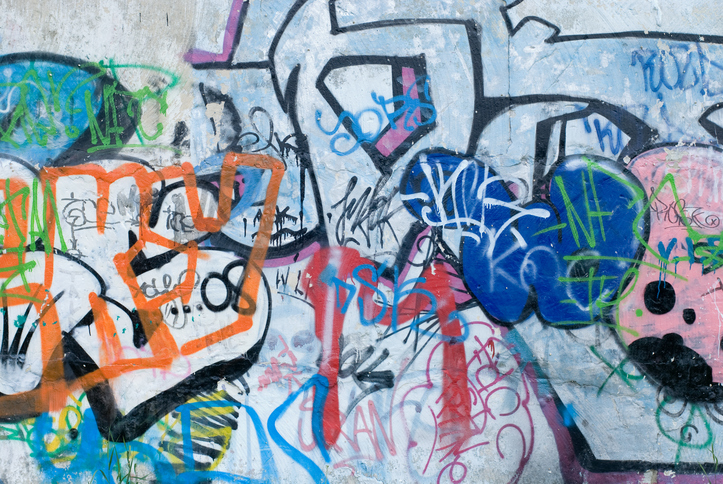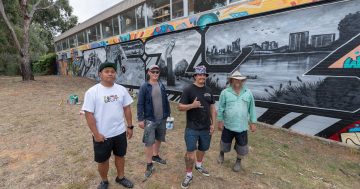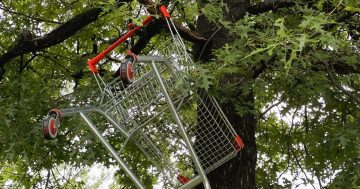
After years of deliberation and aided by the New South Wales decision to introduce a container deposit scheme on empty soft drink cans, the ACT has sensibly agreed to start its own scheme in 2018.
If South Australia is any guide, our highways and byways should see a lot less litter. Given the industry will pass on the 10-cent refundable cost to customers, there might even be a drop in obesity from falling sugar consumption.
As evidence of good faith, an $800,000 feasibility study is being introduced in tonight’s ACT budget as part of a 2018 $23 million package which includes graffiti removal, sports ground maintenance and a pilot school crossing supervisor program.
Now where it gets confusing and perhaps a little sinister is that the ACT Government and the Department of Transport Canberra and City Services (old TAMS) have opened up the Callam Street Woden drains for street art (aka graffiti) teaching.
So with the squirt of a spray can the vandalism of graffiti becomes street art in Woden. Very Orwellian.
It is claimed this Territory-wide blight will provide young people at the Woden Youth Centre with a legal place to express themselves, although it is not clear what this will achieve as when it comes to graffiti artists there is only one ‘Banksy’.
With an annual bill of $500,000 for government (us) illegal graffiti removal, with 15,000 square metres of government (us) property defaced in six months, when there is three times that area available on 25 legal wall sites, and with Graffiti Busters volunteers working away in Kambah, surely there is no reason to further encourage these potential vandals?
And potential they are. Do our naïve authorities and youth workers really believe these urban defacers will restrict themselves to legal sites or even small sites? Will giving them a new tag (pardon the pun) provide respectability for their suburban damage?
Lacking ancient history, Canberra does not have the sandstone buildings of Europe, their facades now so penetrated by markings. Nevertheless, the Callum Street drains hardly are beautified by murals either and what happens when the drain walls are filled? Move elsewhere, Telopea Park stormwater perhaps?
Several examples of public painting on small electricity boxes are attractive but they are outweighed by deliberate ugliness elsewhere. Despite spray can costs for these – so we are told – disadvantaged perpetrators the problem continues.
Anti-graffiti paint and scrubbing off the offender’s work, thus curbing the so-called artist’s satisfaction, are expensive and time-consuming alternatives, however there does not seem to be much more that can be done.
Are offenders ever caught and, if so, what penalties are imposed? Are they publicly named? Do they have to physically and publicly remove their work and, if not, why not?
Our graffiti issues are not as expensive to fix as elsewhere in Australia, however pandering to offenders and providing “1984-type Newspeak” at legal venues is a bizarre way of addressing a social problem which shames our National Capital and city.
















